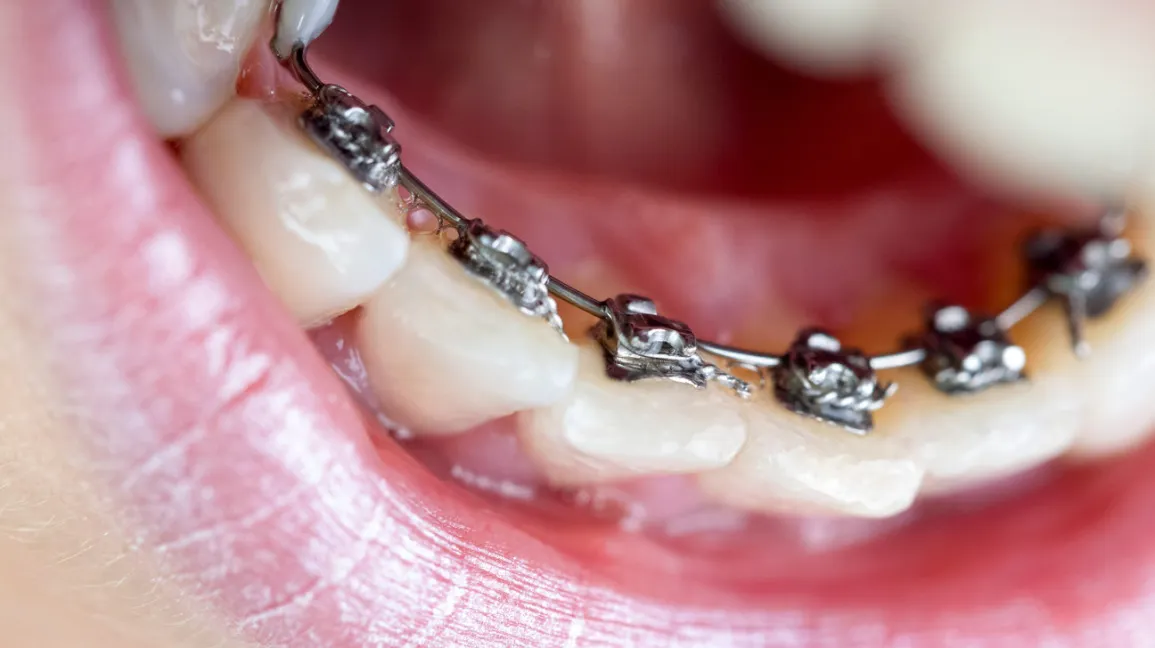
When the nerve causes irritation, inflammation, pinching, or compression in the lower back, it may be because of the sciatic nerve. The most common cause of sciatica pain is herniated or slipped disk, which causes pressure on the nerve root and further pain. Most people recover soon from sciatica on their own with time and with some self-care precautions and sciatic back pain treatment.
Treatments for acute and chronic sciatica separately:
Acute sciatica treatments
If you treat acute sciatica with self-care measures, it may respond well, which include:
- You can purchase over-the-counter painkillers such as ibuprofen which can help in back pain.
- Do exercises such as walking or light stretching to help the nerve keep in the movement and reduce the pain.
- Use a hot or cold compression pack that can help in reducing pain. You can buy them online.
- Before having a particular painkiller, confirm with a back specialist because all painkillers are not suitable for everyone.
Chronic sciatica treatments:
This treatment includes self-care and medical treatment to cure chronic sciatica pain.
- Physical Therapy
- Cognitive behavioral treatment helps people look at the pain differently and usually react, which helps to manage chronic pain by training people.
- Your doctor may provide you with painkillers to reduce the pain.
- You may need surgery if other treatment options don’t respond well.
Surgical options in the back center include:
This treatment, Lumbar laminectomy, reduces pain, broadens the spinal cord in the lower back, reduces nerve pressure, and controls pain.
This is the procedure of removing herniated disk entirely or partially.
A surgeon will suggest surgery options after checking the benefits and complications of the surgery. It depends on the cause of sciatica. Your surgeon will recommend you a suitable surgical option to treat the pain.
How is sciatica diagnosed?
If your sciatica symptoms are mild, it will surely end in 4 to 8 running weeks, probably acute sciatica. Still, if the pain remains constant, you may visit your surgeon.
By taking some rest and exercise, you can treat acute yourself.
It is necessary to examine the pain if it persists for more than 4-8 weeks. Visit your specialist for sciatic nerve pain treatment.
Your surgeon may take an X-ray or MRI to specify what is cramming the sciatic nerve and causing pain to it.
Stretches for pain relief
Some stretches will provide relief in experiencing sciatica-related pain.
Make sure to visit your surgeon and talk about the stretches to get relief from pain.
Your physical therapist may recommend these stretches each day:
- Bring knees to your chest
- Cobra pose or modified cobra
- While sitting seated, hip stretch
- standing hamstring stretch
- seated spinal twist
- knee to the opposite shoulder
- reclining pigeon pose
- groin and long adductor muscle stretch
Conclusion:
These simple sitting pose exercises can help you get relief from sciatic nerve pain and chronic back pain treatment. It helps manage pain, controls your core stability, and even improves your posture. Try doing these exercise step by step, dont be in a hurry, and make baby steps to follow the exercise. And if you feel pain, stop the exercise immediately, and do it until it does not cause discomfort to your back.
CONTACT US
















